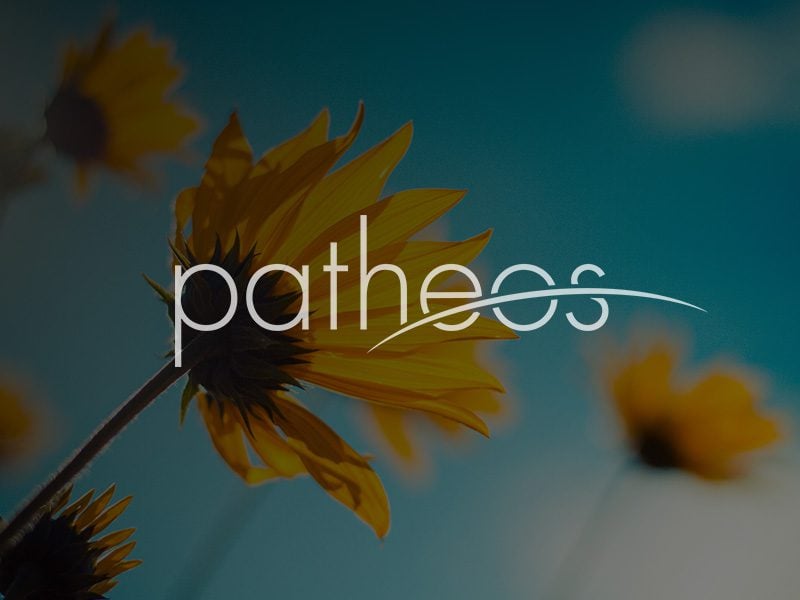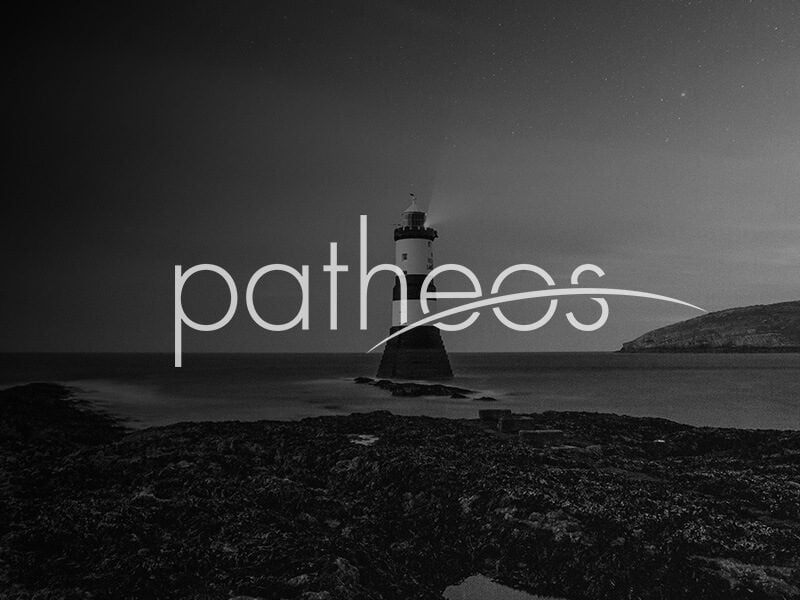Tragic stories are fall stories. Whether through moral wrong or through some inadvertent hamartia, the tragic hero falls from a high place. Others are engulfed in the tragedy to one extent or another, but not everyone. Those who watch can experience the catharsis of pity and fear by watching rather than experiencing the tragedy. Christianity universalizes tragedy: In Adam’s fall, we sinned all. Adam’s sin was catastrophic for everyone. There is no division between player and audience. We are all... Read more
















